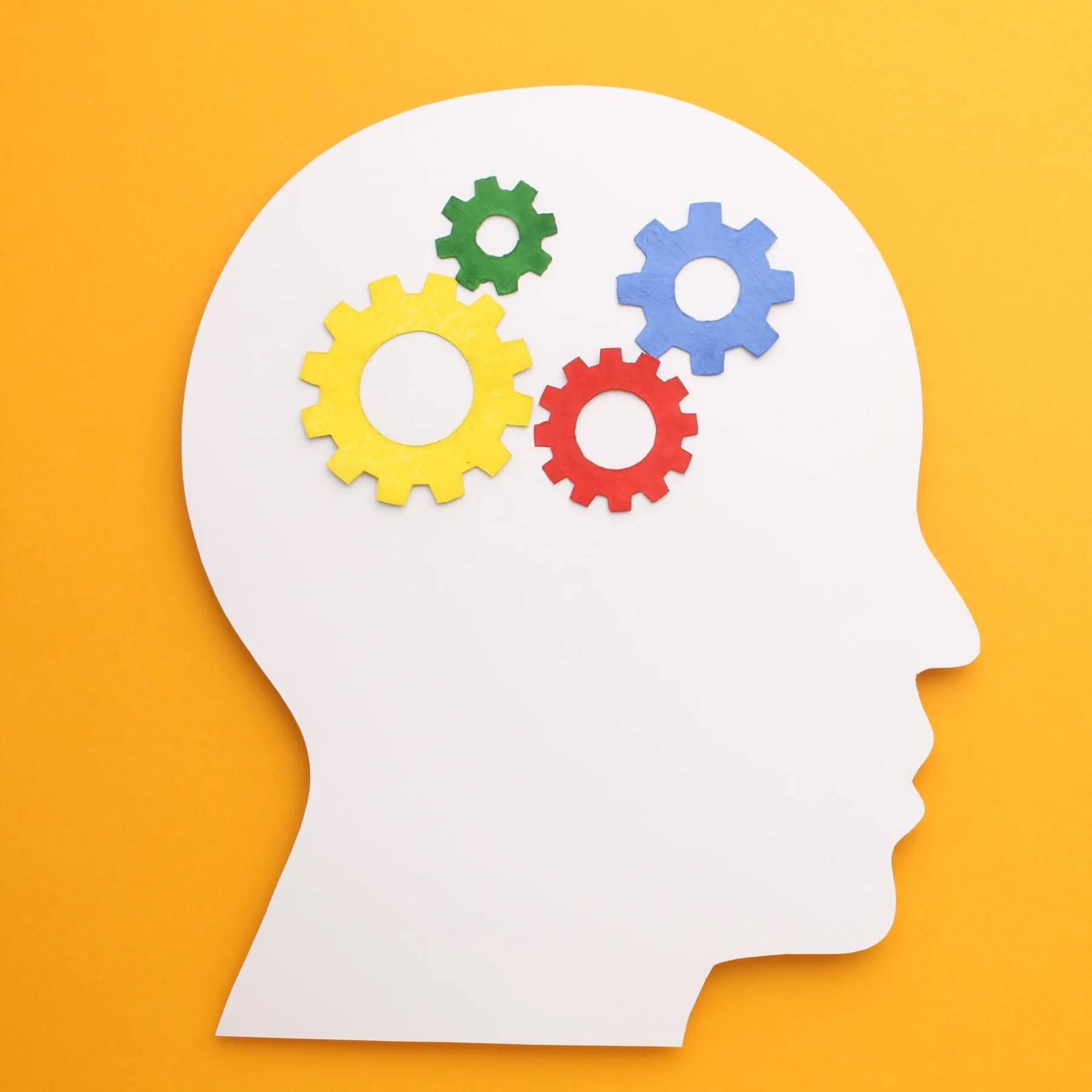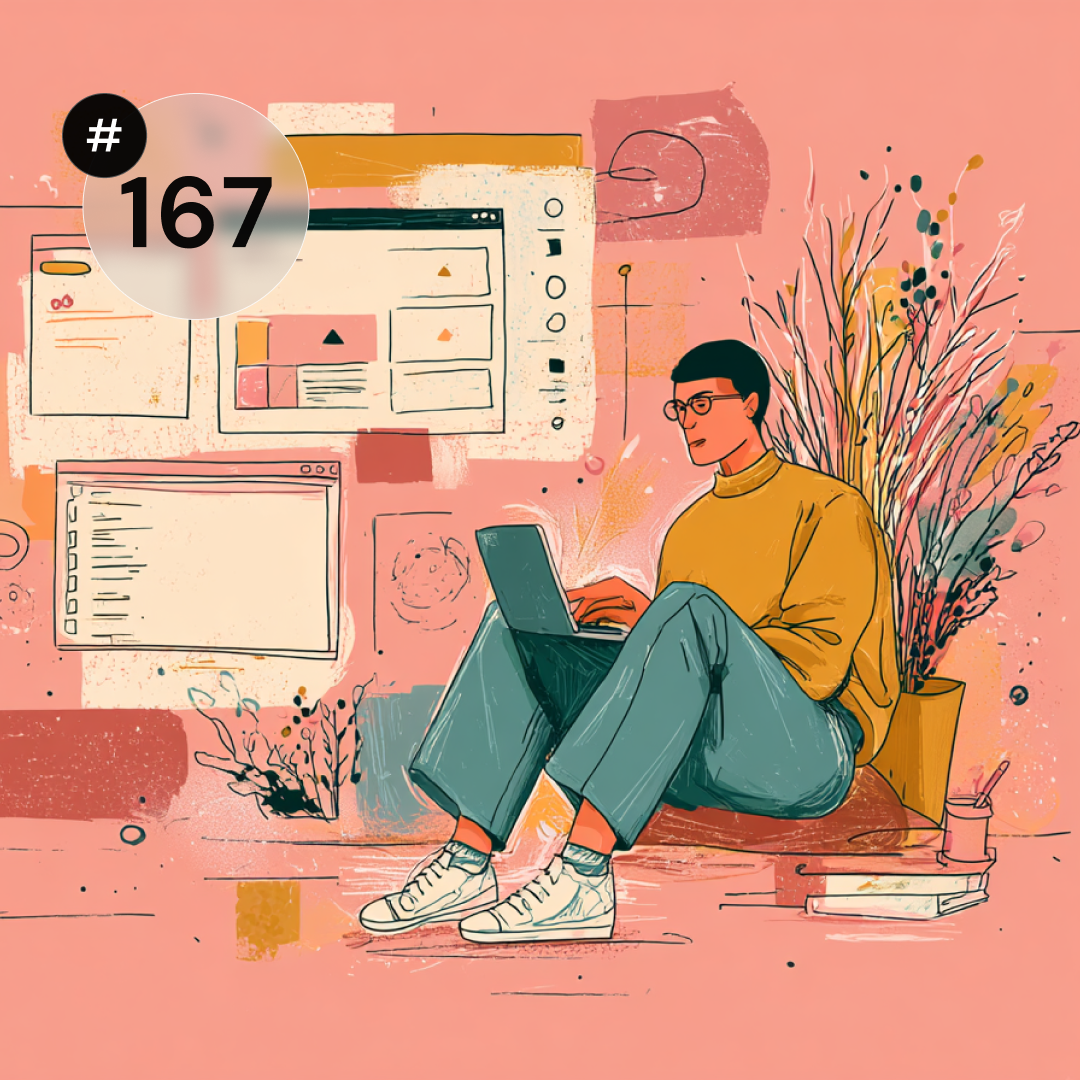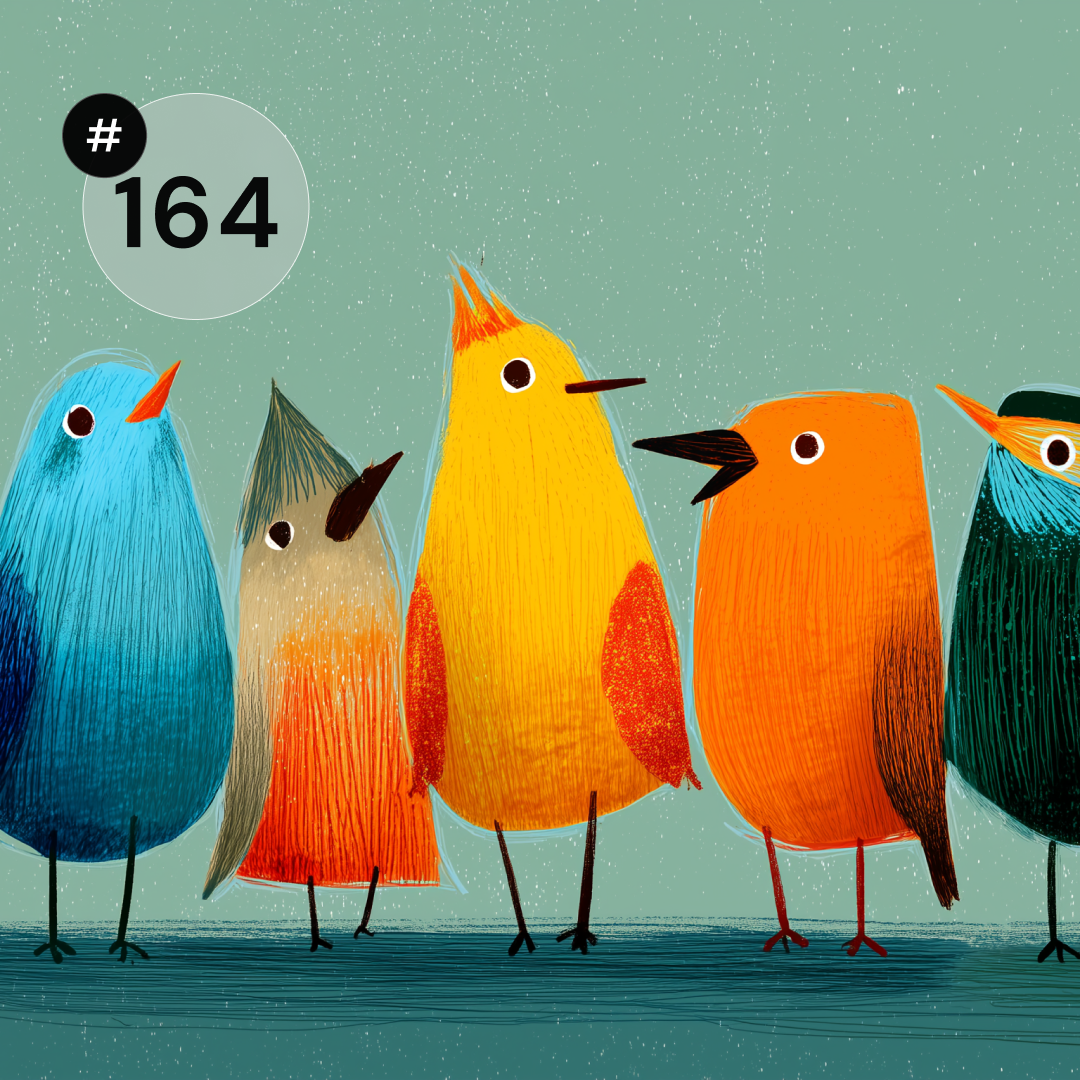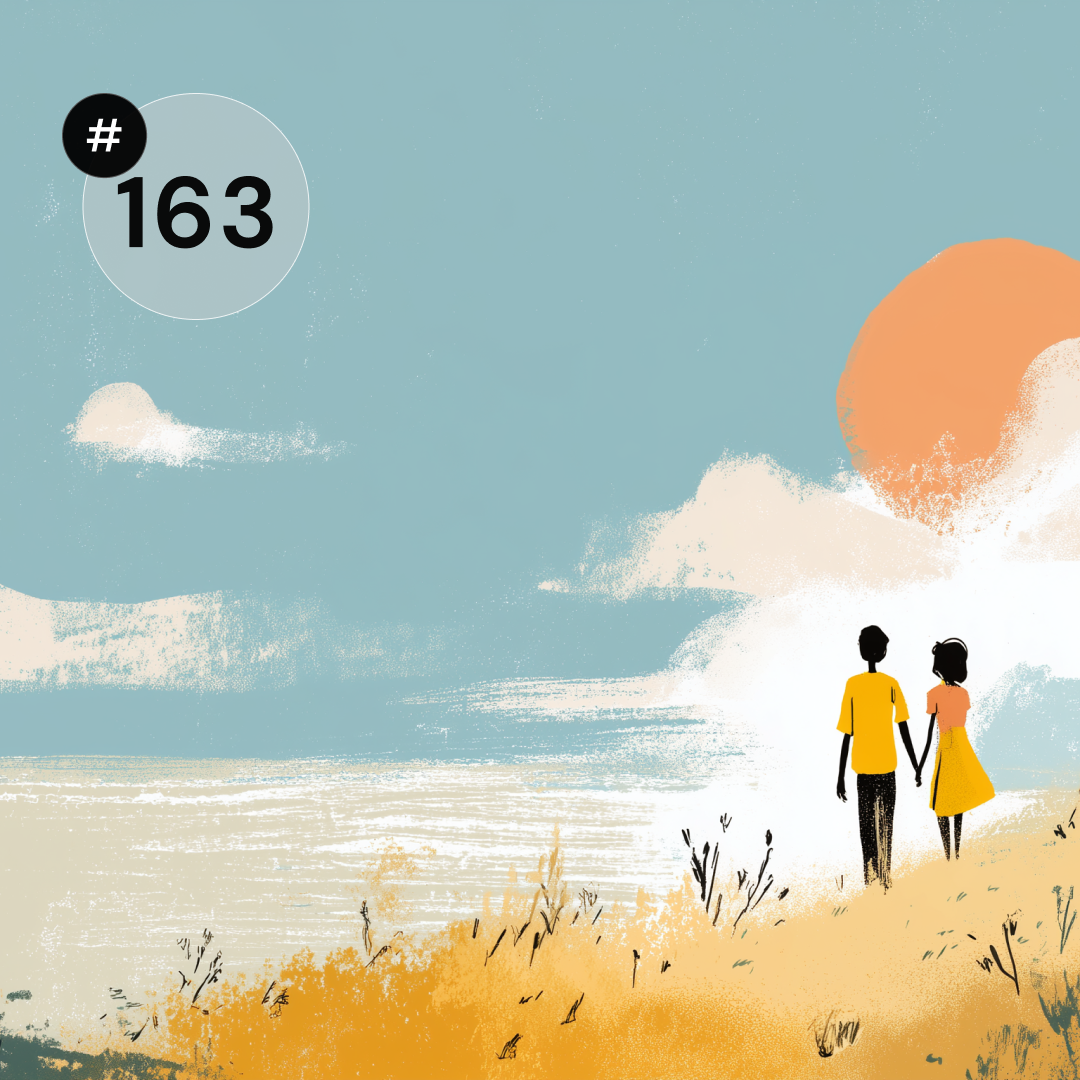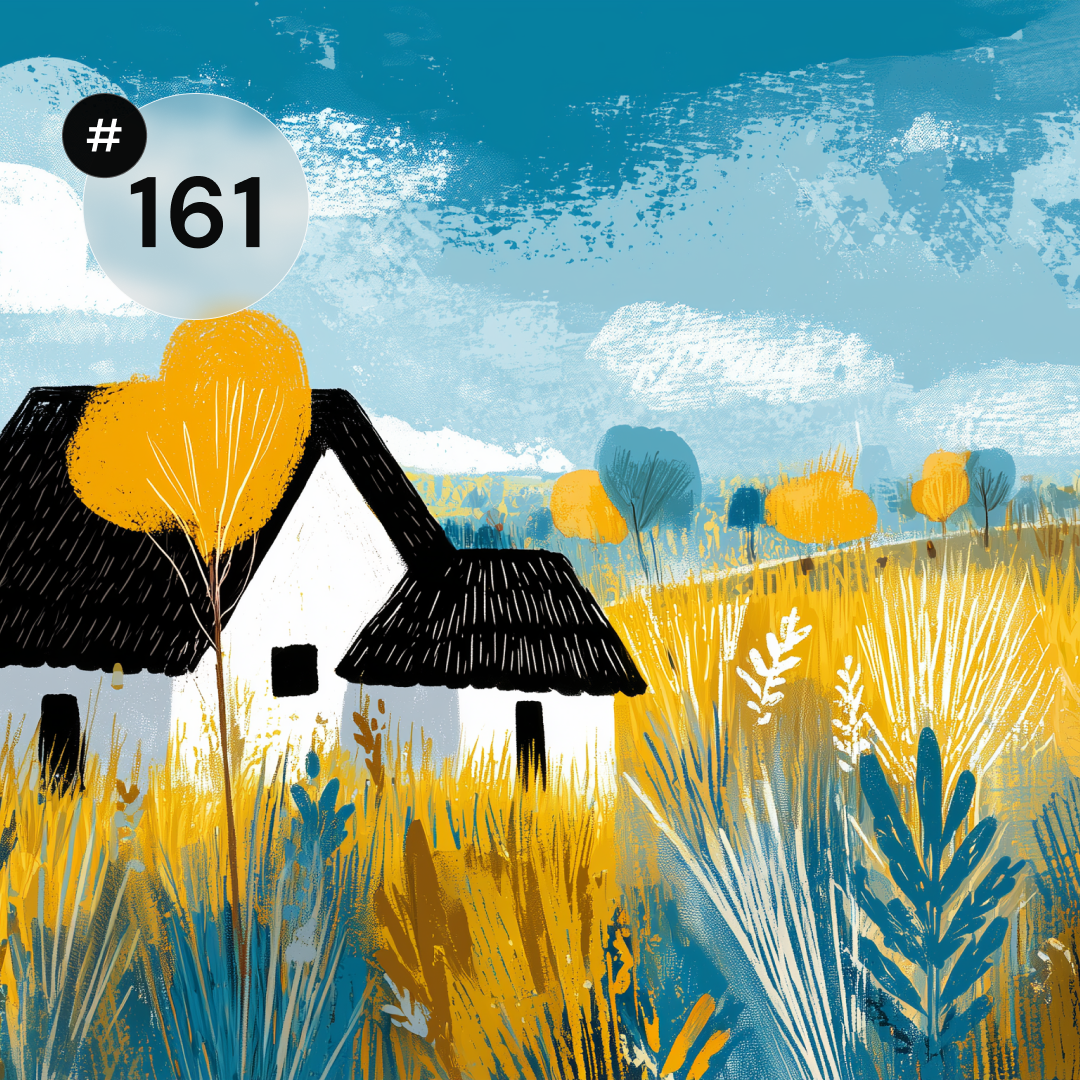From the picture above, a sloth, known for its exceptional slowness, looks at you. It moves through the trees at a speed of 0.24 to 0.48 kilometers per hour. This extreme pace is due, among other things, to their need to save energy. We also recommend that you save your energy and read today's newsletter slowly and carefully 🙂
ChatGPT and UX audit
Experts from the Baymard Institute have published article on the usefulness of ChatGPT-4 in the process of conducting UX audits. As it turns out, a UX audit of 12 different websites performed using chat showed that it identified error problems at 80% and presented suggestions at 20% accuracy. We encourage you to read the entire text and see why AI-based tools like ChatGPT-4 are not yet ready to replace human experts in the field.
Activity-Focused Design
On the Interaction Design Foundation blog to read text on design based on an action-oriented approach, that is, all the actions that people must or want to take to achieve a certain goal. Such design is characterized by different approaches, which primarily focus on analyzing the actions of people, on what they do and how they do it to achieve a specific goal. We encourage you to review the entire text, which is a valuable collection of tips on this method of work.
Anthropomorphization of AI
Two weeks ago, we wrote about the Eliza effect, a situation where users too often attribute human traits and behaviors to AI-based systems. Today we continue the topic of anthropomorphization and recommend Article published by Nielsen Norman Group, in which experts look at what factors such a process breaks down into and what are the reasons why people give anthropomorphic characteristics to artificial intelligence.
Wireframes: dos and don'ts
Wireframing is an indispensable part of the design process, it helps everyone involved in the project to understand the direction of the project from the very beginning. In this text You will find a list of aspects in which wireframes will be helpful and learn how low and high detail wireframes differ and when to use one or the other depending on the scope of the project and budget.
Readable or unreadable?
Finally, we drop a useful text about font selection in projects, in which it is rightly emphasized that the use of too bright and small fonts effectively makes the text difficult to read. The article presents three approaches to improving the readability of text in the event that thin fonts cause difficulties.

